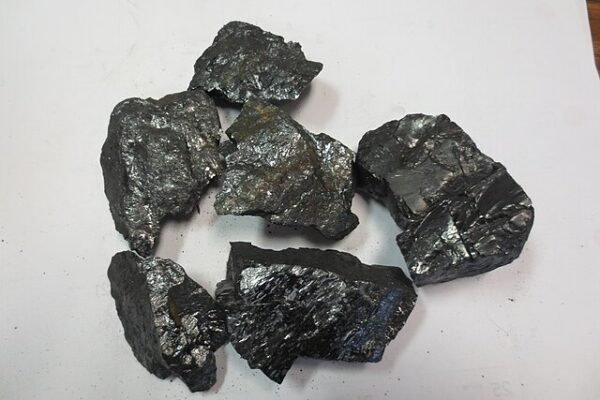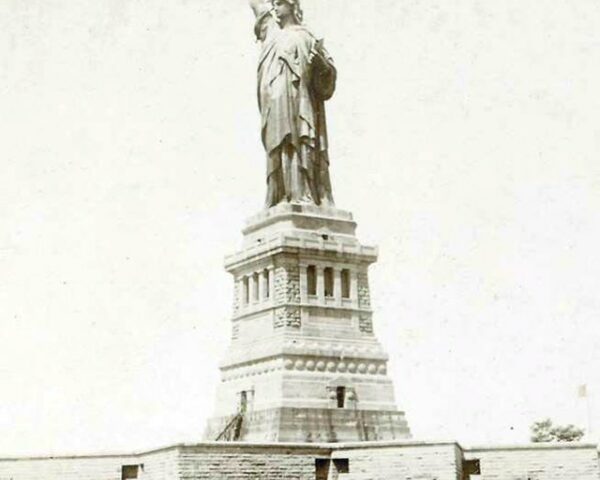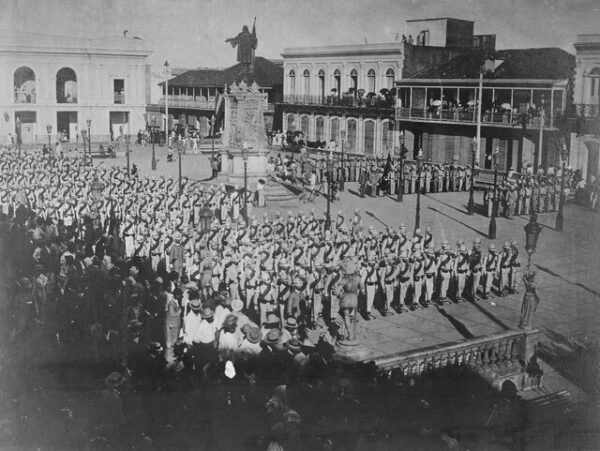On February 11, 1808, Jesse Fell, a judge and businessman from Wilkes-Barre, Pennsylvania, conducted a simple yet groundbreaking experiment that changed the way Americans heated their homes. By successfully burning anthracite coal on an open grate, he proved that this hard, dense fuel could be used efficiently in domestic fireplaces. This discovery not only transformed home heating but also played a crucial role in shaping American industry, urban development, and energy consumption.
Before this experiment, anthracite—often called “hard coal”—was widely considered unsuitable for home heating. Although it was abundant in Pennsylvania, particularly in the northeastern region, it was difficult to ignite and required a steady, high-temperature burn. Most households relied on wood or bituminous coal, which were easier to light and sustain. However, with deforestation rapidly increasing in the early 19th century and wood supplies dwindling, the search for alternative fuels became increasingly urgent.
Recognizing the potential of anthracite, Fell set out to find a way to burn it efficiently. That February evening, he placed pieces of anthracite on an open grate, a method that allowed for sufficient airflow to sustain combustion. Unlike previous attempts that resulted in smoldering or inefficient burning, his approach maintained a steady, clean flame. This breakthrough demonstrated that anthracite, when burned properly, could generate intense, long-lasting heat without excessive smoke or soot. Early Americans had often dismissed it as impractical, but Fell’s success showed that it was a superior fuel source compared to wood or softer coal.
News of Fell’s experiment spread rapidly through Wilkes-Barre and beyond. Within a few years, his method of burning anthracite was widely adopted in homes and businesses, particularly in Pennsylvania, where massive coal deposits remained largely untapped. This shift to anthracite heating had far-reaching consequences. It led to the development of more efficient and cleaner home heating systems, decreased dependence on scarce wood supplies, and laid the foundation for coal-based industries.
By the 1820s and 1830s, anthracite mining became a major economic force in Pennsylvania, helping cities like Scranton and Pottsville grow. Railroads and canals were built to transport the heavy coal to urban centers, supporting the expansion of industrial production in Philadelphia, New York, and beyond. Factories, foundries, and steam engines increasingly relied on anthracite, accelerating the industrial revolution in the United States.






